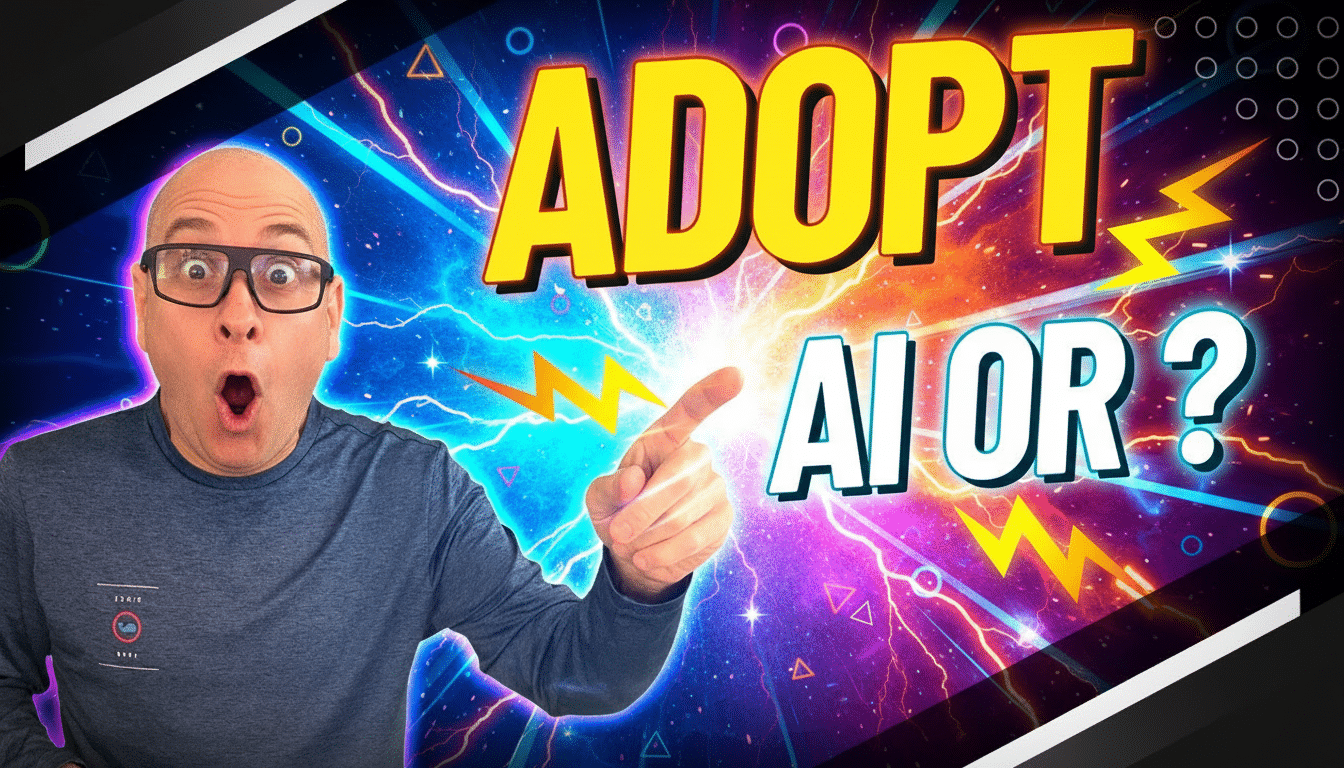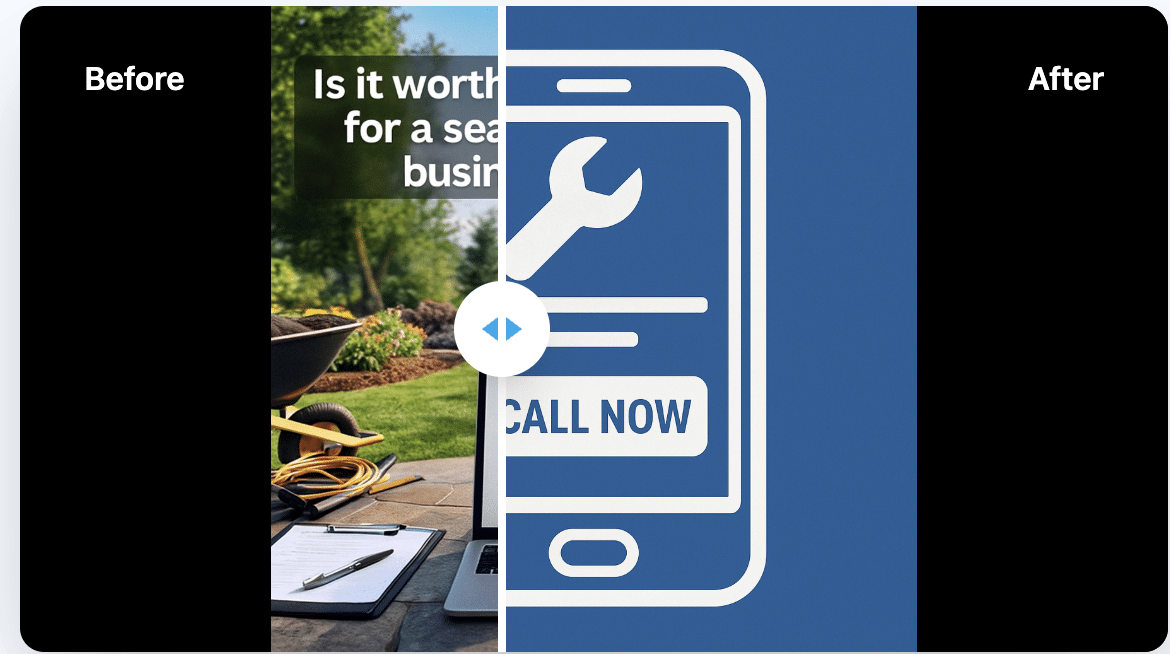Proven e-commerce marketing strategies in North Bay by PM Consulting
Boost Your Online Sales Today
E-commerce businesses in North Bay can benefit greatly from employing tried-and-true marketing strategies tailored to their unique needs. By leveraging targeted SEO techniques, our team at PM Consulting can help your business attract the right audience, improve online visibility, and drive conversions. Our data-driven approach ensures that every marketing dollar is spent effectively, providing the best return on investment.
Partnering with PM Consulting means accessing comprehensive services, including keyword research, on-page optimization, and content marketing. These elements work together to boost your search engine rankings and ensure potential customers find you before they find your competitors. Our customized strategies are designed to adapt to the specific opportunities and challenges faced by North Bay businesses.
Additionally, we offer robust social media management and digital advertising solutions to enhance your e-commerce presence. Our experts can create engaging social media campaigns that not only increase brand awareness but also drive direct sales. Whether you’re looking to boost your website’s traffic or improve your conversion rates, our proven marketing strategies are designed to help your e-commerce business thrive.
Understanding E-Commerce Marketing in North Bay
North Bay’s e-commerce landscape presents unique opportunities and challenges. Consumer behavior trends in the area reveal specific preferences and habits that businesses must understand to succeed.
The E-Commerce Landscape of North Bay
North Bay hosts a dynamic e-commerce environment, with a mix of local and niche businesses thriving alongside larger players. The city’s digital infrastructure supports fast and reliable internet connectivity, which is crucial for online transactions.
Local SMEs (Small and Medium Enterprises) leverage e-commerce to reach broader markets, often relying on platforms like Shopify and WooCommerce. Niche markets include artisanal goods and services uniquely tailored to Northern Ontario.
A significant challenge is the geographic factor, which impacts shipping logistics and costs. However, innovations in last-mile delivery and local fulfillment centres are addressing these concerns effectively.
Consumer Behavior Trends in North Bay

Consumers in North Bay demonstrate a strong preference for shopping locally, and supporting businesses within their community. They value transparency and authenticity, seeking detailed product descriptions and user-generated reviews.
Mobile commerce is on the rise, with more shoppers using smartphones to make purchases. Social media channels like Facebook and Instagram play a critical role in influencing buying decisions.
Additionally, there is a growing demand for sustainable products, reflecting a broader global trend towards environmentally friendly practices. Offering eco-friendly options and highlighting sustainable practices can significantly enhance brand loyalty in this market.
Developing a Strong E-Commerce Strategy
Crafting a solid e-commerce strategy involves setting specific goals and deeply understanding our target market. This foundational work guides all marketing efforts.
Setting Clear Objectives
Setting clear objectives is vital for a focused e-commerce strategy. Our goals should be specific, measurable, achievable, relevant, and time-bound (SMART).
For example, if our goal is to increase sales by 20% in six months, we must outline steps such as improving website functionality, launching targeted marketing campaigns, and optimizing product listings.
By breaking down large goals into smaller tasks, we can monitor progress and adapt strategies as needed. Internally, aligning our team with these clear objectives ensures everyone works towards the same outcomes. This alignment drives coordinated efforts and maximizes resource use.
Identifying the Target Market
Identifying our target market is crucial for effective marketing. We need to gather data on the demographics, preferences, and behaviors of our potential customers. Tools like Google Analytics and customer surveys provide valuable insights.
Once we understand who our customers are, we can tailor our marketing messages to resonate with them. This includes personalized email campaigns, targeted social media ads, and content that addresses their specific pain points.
Segmenting the market also allows us to create unique value propositions for different customer groups. This targeted approach leads to higher engagement rates and more successful marketing campaigns.
Optimizing Online Storefronts
We understand the importance of creating a seamless and efficient online shopping experience. Key factors include enhancing the user experience and ensuring sites are mobile-responsive.
Website User Experience
A well-designed online storefront can significantly impact sales and customer satisfaction. Intuitive navigation is crucial; customers should easily find products and information with minimal clicks.
- Fast load times also enhance the shopping experience, preventing potential customers from leaving the site due to delays.
- Clear, high-quality images and detailed product descriptions help customers make informed decisions.
Including user-generated reviews boosts credibility and trust. By prioritizing ease of use, we create a smooth and enjoyable shopping environment.
Mobile Responsiveness

Given the growing number of mobile shoppers, ensuring our online storefronts are fully optimized for mobile devices is essential. Mobile-friendly websites adapt to different screen sizes without sacrificing functionality.
- Elements like touch-friendly navigation and easy-to-read text are crucial.
We also focus on mobile-specific features like quick access to customer service and simplified checkout processes to enhance the user experience on mobile devices. Ensuring our storefront is mobile-responsive means we cater to a broader audience and improve overall satisfaction.
Leveraging Search Engine Marketing
To maximize your e-commerce success, focusing on search engine marketing (SEM) is crucial. SEM involves both search engine optimization (SEO) and pay-per-click (PPC) campaigns to drive traffic and increase visibility.
SEO Best Practices for E-Commerce
Keyword Research: Keywords are the foundation of any good SEO strategy. We start by identifying the most relevant and high-traffic keywords using tools like Google Keyword Planner.
On-Page Optimization: Ensuring that product pages, descriptions, and meta tags are optimized. This includes integrating keywords naturally into the content and using alt text for images.
Technical SEO: Improving site speed, mobile-friendliness, and secure connections (HTTPS). We make sure the site architecture helps search engines crawl and index content efficiently.
Content Marketing: Integrating content like blogs, guides, and tutorials on the site. This increases the chances of attracting backlinks and enhances the site’s authority.
Local SEO: Especially important for businesses in North Bay. We ensure local business listings are accurate and optimized for local search intent.
Effective PPC Campaigns
Targeting: We focus on setting up campaigns that target specific demographics and user segments, ensuring the ads reach the right audience.
Budget Management: Allocating the budget wisely between different campaigns. We focus on high-performing keywords and regularly adjust bids to get the best return on investment.
A/B Testing: Running A/B tests on ad copy, headlines, and landing pages. This helps in identifying what works best to maximize click-through rate and conversions.
Ad Extensions: Utilizing ad extensions to provide additional information like site links, call buttons, and location information which improves the ad’s effectiveness.
Performance Analysis: Constantly monitoring and analyzing the campaign performance. Utilizing tools like Google Analytics and AdWords to track conversion rates, click-through rates, and other key metrics.
Maximizing Social Media Impact

To maximize social media impact, we need to focus on selecting the right platforms and crafting content that encourages sharing.
Choosing the Right Platforms
Selecting the right social media platforms is crucial to our strategy. Not all platforms are suitable for every business. For example, Instagram and Pinterest are visual-centric, ideal for brands with strong visual elements. LinkedIn works best for B2B marketing, enabling us to reach professionals.
We must consider our target audience’s preferences. Younger demographics are more active on TikTok and Snapchat, while a wider age range might be on Facebook. By analyzing user engagement and demographics, we can tailor our strategies to maximize reach and effectiveness.
Creating Shareable Content
Crafting content that users want to share drives engagement and brand visibility. Content needs to be relevant and resonate with our audience’s interests. Infographics, videos, and memes are highly shareable formats.
We can also use storytelling techniques to draw in viewers and encourage them to share with their networks. Calls-to-action (CTAs), hashtags, and interactive posts like polls can boost interaction. Monitoring analytics helps fine-tune our content strategy, ensuring we continue to produce engaging and shareable posts.
Utilizing Email Marketing
Effective email marketing can revolutionize how we reach and engage with customers. By building a robust subscriber list and strategically segmenting email campaigns, we maximize reach and optimize communication with our audience.
Building a Subscriber List
Creating a quality subscriber list is the foundation of a successful email marketing strategy. We start by offering valuable incentives such as discounts, exclusive content, or free resources to encourage sign-ups.
To ensure we capture a broad audience, we integrate sign-up forms across our website, including landing pages and blog posts. Leveraging social media channels, we promote our newsletter to further extend our reach.
We also employ double opt-in methods, ensuring our subscribers are genuinely interested in receiving our messages. This helps maintain a clean list and improves our email deliverability.
Email Campaign Segmentation
Segmenting our email campaigns allows us to tailor content to specific audience groups, driving higher engagement rates. We divide our subscriber list based on criteria such as demographics, purchase behavior, and engagement levels.
For example, we can create segments for new subscribers, repeat customers, and inactive users. Utilizing this segmentation, we send personalized messages that resonate with each group’s interests and needs.
Tools like tag-based segmentation enable us to dynamically adjust our content based on user behavior. This approach ensures our emails remain relevant and encourages higher open and conversion rates.
In summary, effectively utilizing email marketing through building a subscriber list and segmenting email campaigns can significantly enhance our e-commerce marketing efforts in North Bay.
Harnessing the Power of Content Marketing

At PM Consulting, we know that content marketing is essential for e-commerce success in North Bay. By strategically utilizing blogging and video content, we can enhance brand awareness and drive customer engagement.
Blogging for Brand Awareness
Consistent blogging is a powerful tool for increasing our brand’s visibility and credibility.
Creating high-quality blog posts allows us to share insights, industry trends, and valuable tips that resonate with our audience. By optimizing our content for search engines, we can rank higher in search results, driving organic traffic to our website.
Engaging blog content encourages readers to spend more time on our site, exploring our products and services. Including calls-to-action (CTAs) in each post can guide visitors toward making a purchase or subscribing to our newsletter. Regular updates to our blog demonstrate that we are active and informed, which builds trust with potential customers.
Video Content for Engagement
Video content is an effective way to connect with our audience on a deeper level.
Creating and sharing videos that highlight our products, tell customer success stories, or provide tutorials can increase viewer interest and retention. Platforms such as YouTube, social media channels, and our website are ideal for distributing these videos.
We should focus on producing videos that are clear, concise, and visually appealing. Including captions and descriptions enhance accessibility and searchability. By monitoring viewer metrics, we can understand what content resonates most with our audience and refine our strategies accordingly.
Using video content effectively can lead to higher conversion rates and stronger customer loyalty.
Incorporating Influencer Partnerships
Leveraging influencer partnerships can amplify our e-commerce marketing effects by reaching targeted audiences and aligning with authentic voices. Key steps include identifying suitable influencers and ensuring they resonate with our brand values.
Finding the Right Influencers
Identifying the right influencers involves several critical steps. First, we must look at follower size, but more importantly, engagement rates. An influencer with a smaller but highly engaged audience can be more valuable than one with a large, indifferent following.
Analyze content quality. The influencer’s content should be professional and align with our brand aesthetics. Tools like BuzzSumo and NinjaOutreach can help us identify potential influencers and assess their audience demographics and engagement metrics.
By taking the time to research and select influencers wisely, we ensure that our collaborations will yield the best results.
Aligning with Brand Values
Matching influencers with our brand values is essential. Authenticity is key; therefore, influencers should genuinely use and appreciate our products. This ensures that their endorsements appear genuine and trustworthy to their audience.
Message consistency is another critical factor. Their previous posts and style should not clash with our brand’s image. For instance, if we are promoting sustainable living, partnering with influencers who advocate for eco-friendly practices will resonate well with our target audience.
We need to establish clear communication and guidelines about our brand’s messages and values to maintain a consistent and authentic partnership. This helps us create a unified front that strengthens our brand’s integrity and appeal.
Tracking and Analyzing Data
Effective e-commerce marketing relies heavily on the ability to track and analyze data accurately. This involves understanding analytics principles and monitoring key performance indicators (KPIs) to inform our strategies.
Understanding Analytics
Analytics in e-commerce involves the continuous collection, analysis, and interpretation of various data points. We utilize tools like Google Analytics and Supermetrics to gather data on website traffic, user behaviors, and conversion rates. This data helps us identify trends and patterns in customer interactions.
By tracking metrics such as bounce rates and session durations, we can optimize website performance and improve customer engagement. By analyzing these insights, we ensure our marketing efforts are both effective and efficient.
E-Commerce KPIs to Monitor
Key performance indicators (KPIs) are crucial for measuring the success of our campaigns. Some essential KPIs include:
- Conversion Rate: The percentage of visitors who complete a desired action.
- Cart Abandonment Rate: The percentage of shoppers who add items to their cart but don’t complete the purchase.
- Customer Lifetime Value (CLV): The total revenue expected from a customer over the entirety of their relationship with us.
By focusing on these KPIs, we can refine our strategies, increase sales, and improve customer satisfaction. Monitoring these metrics regularly provides us the insights needed to make data-driven decisions.
Maintaining Customer Relationships
Building and maintaining strong customer relationships is essential for sustained growth in e-commerce. Two critical aspects include implementing effective loyalty programs and ensuring customer service excellence.
Loyalty Programs
Loyalty programs are a powerful tool to enhance customer retention. By providing rewards such as discounts, exclusive deals, or early access to new products, we incentivize repeat purchases and deepen customer engagement.
We can categorize loyalty programs into several types:
- Points-Based: Customers earn points for every purchase, which can be redeemed for rewards.
- Tiered Programs: Different levels provide increasing benefits, encouraging more purchases to reach higher tiers.
- Paid Memberships: Customers pay a fee for benefits like free shipping and exclusive discounts.
A well-implemented loyalty program should include a user-friendly interface and clear communication about rewards and benefits. This clarity helps customers understand how to earn and redeem rewards, enhancing their experience and satisfaction.
Customer Service Excellence
Customer service excellence is critical in establishing and maintaining trust. Prompt and helpful responses to inquiries can significantly impact customer satisfaction and loyalty.
Our customer service strategy should include:
- Multichannel Support: Offering assistance through email, live chat, phone, and social media ensures customers can reach us through their preferred method.
- Proactive Engagement: Addressing common issues before they arise, such as through comprehensive FAQs and tutorials.
- Personalized Assistance: Using customer data to provide tailored responses and recommendations shows that we value each customer individually.
Training our staff to handle inquiries efficiently and courteously is vital. Happy customers are more likely to become repeat buyers and advocates for our brand, ultimately driving sustained success.
Adapting to Market Changes
Adapting to market changes is crucial for the success of our e-commerce strategies in North Bay. The market is constantly evolving, and we must stay agile to remain competitive.
Flexibility is key. We continuously monitor trends and adjust our strategies accordingly. For example, shifts in consumer preferences necessitate quick changes in our marketing campaigns.
We prioritize technological advancement. Leveraging new tools and platforms allows us to engage more effectively with our audience. This includes adopting AI-driven analytics to better understand customer behavior.
Customer feedback is invaluable. By listening to our clients, we can tweak our offerings to better meet their needs. This proactive approach helps us stay relevant.
Implementing multi-channel marketing ensures we reach our audience wherever they are. From social media to email, diversifying our communication channels enhances our visibility and impact.
We also invest in continuous learning. Staying updated with the latest market research and industry developments empowers our team to make informed decisions.
By staying adaptable, we ensure our e-commerce strategies in North Bay can thrive in any market condition.
Investing in Technology and Innovation
Investing in technology and innovation is critical for staying ahead in e-commerce. In North Bay, we provide various opportunities for businesses to leverage advanced technology and innovative solutions.
Our local infrastructure supports technological advancements. North Bay is home to Innovation Initiatives Ontario North (IION), which collaborates with strategic partners to assist entrepreneurs and startups in scaling their operations. This sets a strong foundation for technological growth.
Benefits of Technology Investment:
- Increased Productivity: Automation and modern technology streamline our operations, reducing manual labor and speeding up processes.
- Improved Accuracy: Advanced systems minimize errors, ensuring higher quality and better customer satisfaction.
- Scalable Solutions: Our tech investments support growth, making it easier for us to expand our operations.
By focusing on these aspects, we can continually enhance our e-commerce strategies. This approach ensures that we remain competitive and capable of meeting the dynamic needs of today’s digital market.
Frequently Asked Questions
We address some essential questions to help e-commerce businesses maximize their marketing strategies effectively. Our insights include specific tactics and practices designed to enhance online performance.
What online marketing tactics have the highest ROI for e-commerce businesses?
Investing in targeted ads on platforms like Facebook and Google often yields substantial returns. These ads allow us to reach specific demographics and track performance metrics closely. Additionally, optimizing email marketing campaigns for personalized outreach can significantly boost both engagement and sales.
How can SEO be leveraged to increase e-commerce sales?
Implementing a robust SEO strategy ensures that our e-commerce site ranks higher in search engine results. This involves researching relevant keywords, optimizing on-page elements, and enhancing technical SEO. Quality link building and regularly updated, valuable content also drive organic traffic, ultimately leading to increased sales.
What social media marketing practices are most beneficial for online retailers?
Engaging content that resonates with the target audience is crucial. We collaborate with influencers and utilize targeted ads to amplify reach. Regular interaction with followers and timely posts help maintain brand visibility. Utilizing various social media platforms strategically ensures we cover a broad audience base.
In what ways can content marketing be used to drive e-commerce growth?
Creating valuable and relevant content, such as blogs, videos, and infographics, helps build brand authority. We focus on addressing customer pain points and providing solutions. Offering insightful content keeps visitors engaged and encourages repeat visits, which translates into higher sales over time.
How important is mobile optimization for e-commerce marketing success?
Given the prevalence of mobile browsing, ensuring that our e-commerce site is mobile-friendly is paramount. A responsive design facilitates a seamless shopping experience on all devices. Mobile optimization not only improves user experience but also positively impacts our search engine rankings, further driving traffic and sales.
What role does email marketing play in customer retention for e-commerce?
Email marketing remains one of the most cost-effective ways to retain customers. Through personalized recommendations, exclusive offers, and timely updates, we keep our audience engaged. Automated email workflows cater to various stages of the customer journey, enhancing loyalty and encouraging repeat purchases.






















